Environmental Initiatives Coexistence of Humankind and Nature, and Initiatives for Environmental Resources
Biodiversity Conservation
The Gohon no Ki (“five trees”) Project
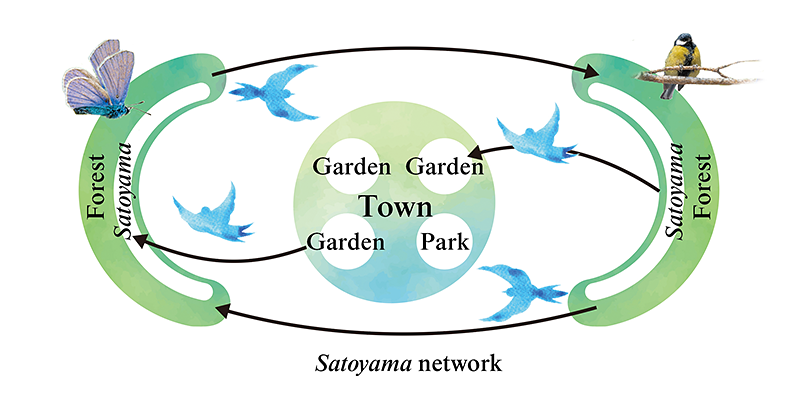
In accordance with the Gohon no Ki (“five trees”) Project promoted by the sponsor, Sekisui House, SHR carries out maintenance and management of planting, etc. based on tree species that take the ecosystem into consideration.
The Gohon no Ki Project is based on the approach that “three trees are for birds, two trees are for butterflies, and all are local native tree species.” The project proposes the use of native tree species that are beneficial to birds and butterflies in gardens. In addition to biodiversity conservation, we are making proposals that encompass the benefits to residents of garden visits by fauna and the other effects of garden trees. We seek to maintain and revive the ecosystem network (nature positive) by increasing the amount of richly green space in urban areas and by leveraging residential gardens, created under the Gohon no Ki Project, to support the habitat and activities of the fauna. Ecosystem networks enrich biodiversity at the regional and national levels, creating places where both wildlife and residents can simultaneously enjoy the richness of nature. In fiscal year 2022, Sekisui House planted 886 thousand trees and the cumulative number of planted trees since the start of the project has reached 19.0 million.
Examples of implementation
We are considering the biodiversity conservation, and are implementing tree planting and replanting programs for some residences. When replanting, in collaboration with Sekisui House, we planted trees in accordance with the Gohon no Ki (“five trees”) Project after confirming the details of the replanting, such as the selection of native tree species and whether there are non-native species that fall under the non-native species that require comprehensive measures. And the tree plates installed have QR codes on them, allowing visitors to check detailed information about the tree species.
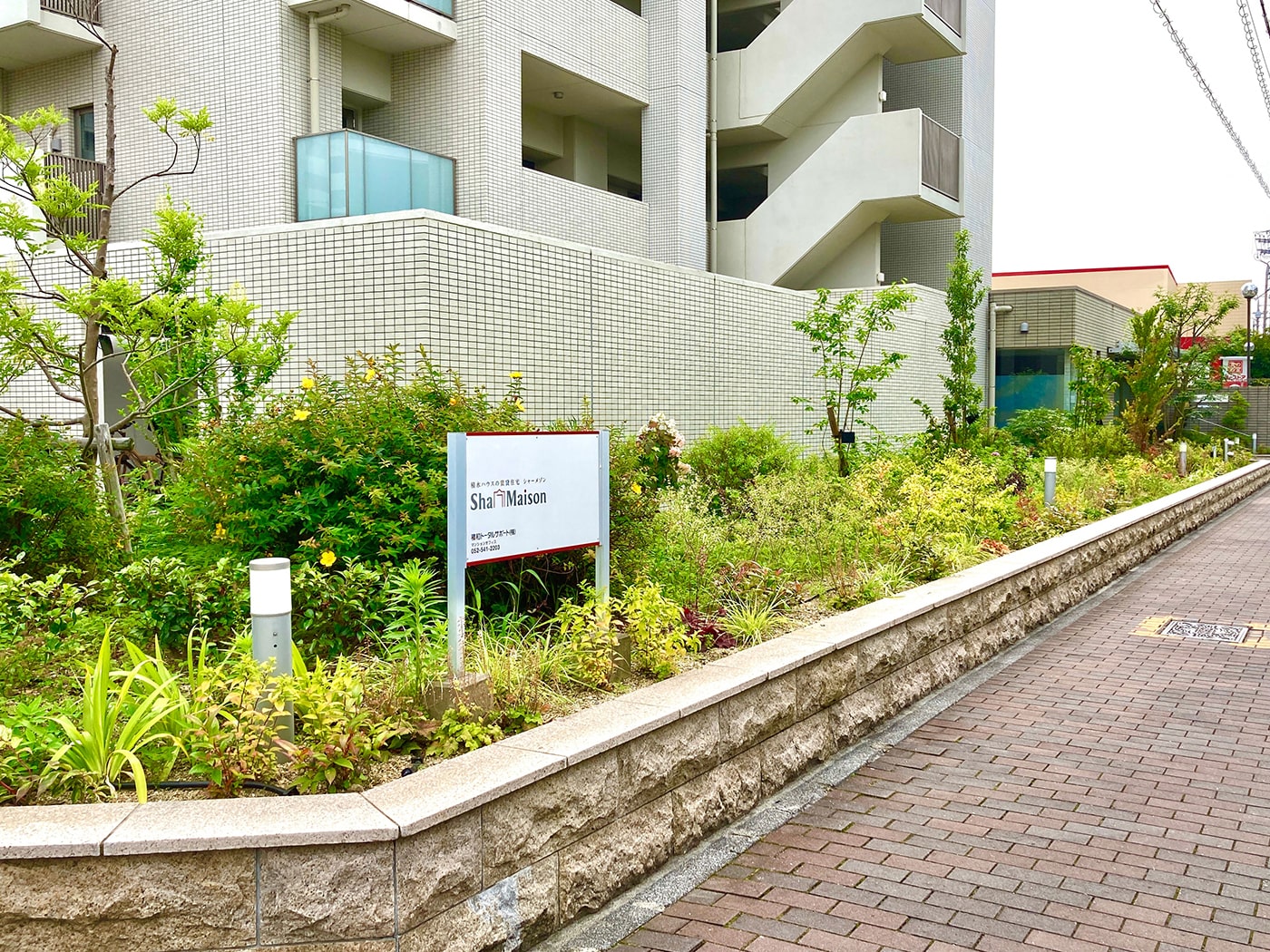
Esty Maison Kayaba (Example of replanting)
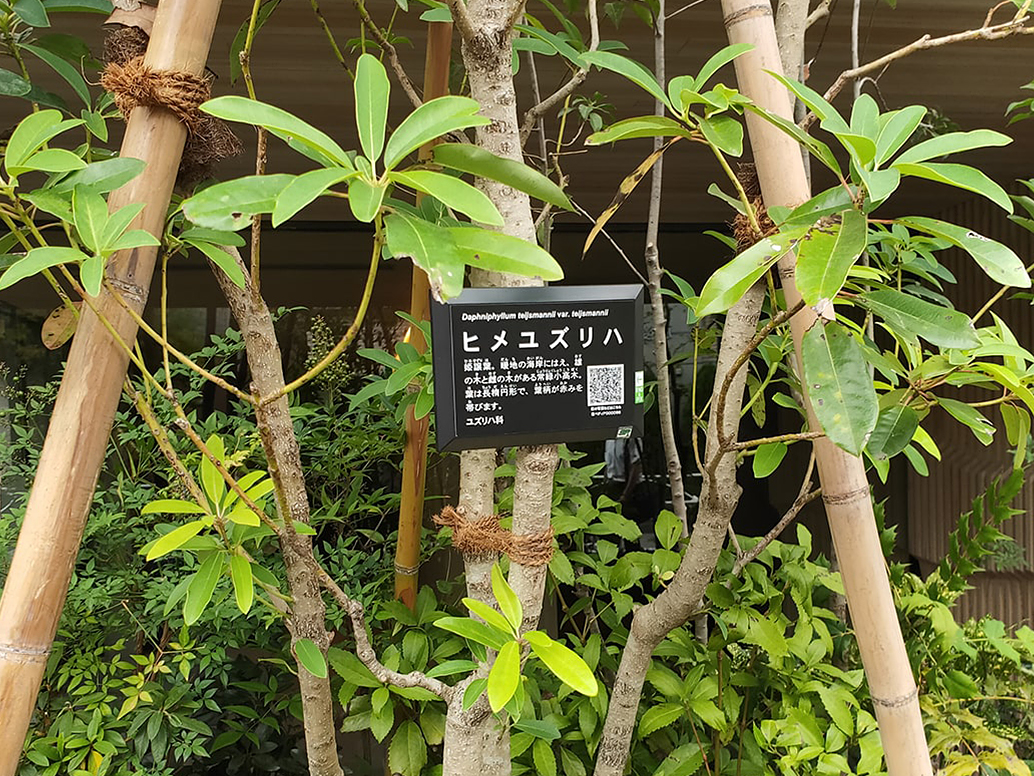
Tree Plate
Prevention of Pollution Risks
Upon acquiring the properties, SHAM establishes investigation items such as the use history, use status and storage status of asbestos, PCBs, and other hazardous substances, geological status, land use history, and soil contamination status in the due diligence standards, sufficiently conducts investigations to examine the appropriateness of the investment targets. While investment opportunities are limited, we conduct surveys of properties developed on brownfield and greenfield sites in accordance with the same criteria, and will not invest in properties developed on such sites if there is a risk of significant impact on the natural environment. Even after the acquisition of properties, we maintain legal compliance by investigating whether there are any violations of environmental laws and regulations in owned properties through continuous acquisition of engineering reports and other means.
Installation of Water-Saving Equipment
In residences, we have installed flow control valves to prevent excessive water flow and shower heads, toilets, etc. equipped with water-saving functions. In office buildings, we are promoting water conservation and the effective use of water resources by using stored rainwater for toilet flushing water.
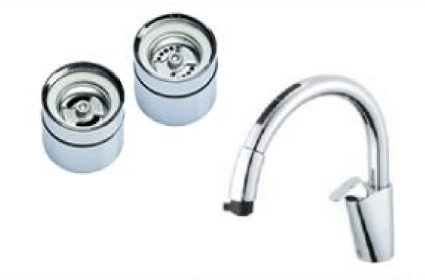
Flow Control Valve and Water-Saving Kitchen Faucet
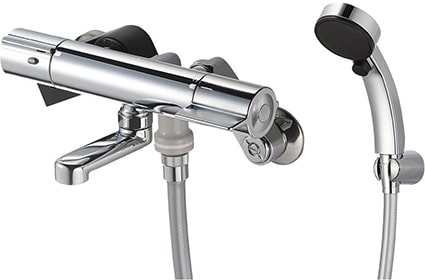
Water-Saving Shower
Appropriate Waste Management
In residences, SHR recycles building materials discharged during restoration work. And in office buildings, in recognition of our excellent performance in promoting the reduction and proper disposal of commercial waste, the Osaka City Environment Bureau awarded HK Yodoyabashi Garden Avenue a “Mark of Excellence for Waste Reduction”.
Furthermore, in order to further reduce waste emissions, we have posted awareness-raising posters for the three Rs (Reduce, Reuse, Recycle) aimed at reducing waste emissions. We will continue to strive for proper waste management through the operation of owned properties.
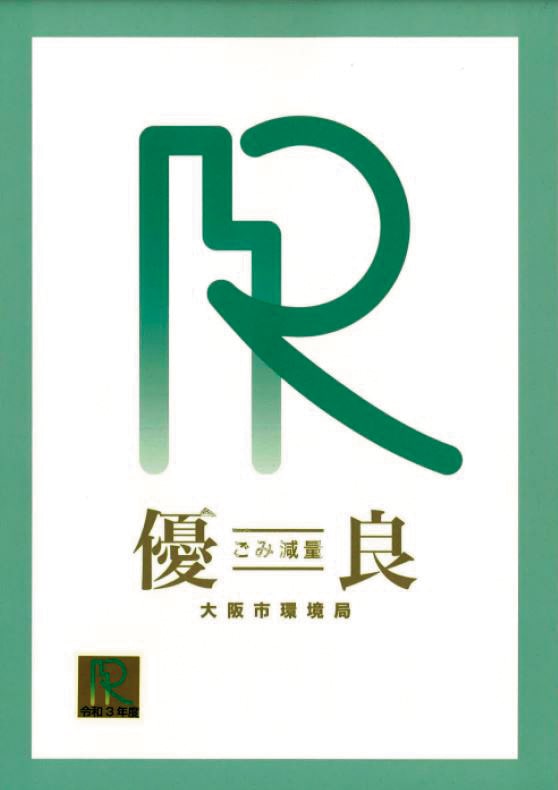
Mark of Excellence for Waste Reduction
HK Yodoyabashi Garden Avenue
Urban Revitalization / Urban Redevelopment
Leveraging our decades of expertise in housing construction, Sekisui House is implementing urban redevelopment that goes beyond mere scrap-and-build. Through the urban redevelopment of rental and for-sale condominiums, offices, hotels, commercial facilities, and complexes incorporating these property types, Sekisui House aims to realize buildings that are accommodating to all and will be passed on to subsequent generations, thereby creating value for society as a whole with focus on people, communities and the future. When planning urban redevelopment projects, Sekisui House always considers the impact of their operations on the environment and community, referencing relevant laws, regulations and internal rules. SHR, in cooperation with Sekisui House, aims to provide high-quality social capital and to create a sustainable city through the acquisition of environmentally friendly properties developed by Sekisui House.
“Gotenyama Project”, a Large-Scale Complex Development by Sekisui House
“Prime Maison Gotenyama East”, “Prime Maison Gotenyama West”, and “Gotenyama SH Building” owned by SHR are properties planned and developed under Sekisui House’s large-scale complex development “Gotenyama Project”. It is not just a large-scale development that advocates only a sense of scale, but is based on the revitalization of the original landscape of "Gotenyama", which is rich in nature, and creating an expressive and intimate human-scale townscape. In addition, the project focuses on environmental considerations and actively uses natural energy and adopts advanced energy-saving technologies.
In the “Gotenyama Project”, more than 40% of the total development area is greened through exterior planting and rooftop greening. Based on Sekisui House’s proprietary Gohon no Ki Project, which takes into account the ecosystem of Japan’s original “Satoyama” landscape, a green network that is integrated with the greenery in the surrounding area is created through preservation of existing trees and planting over 26.4 thousand trees, mainly indigenous species.
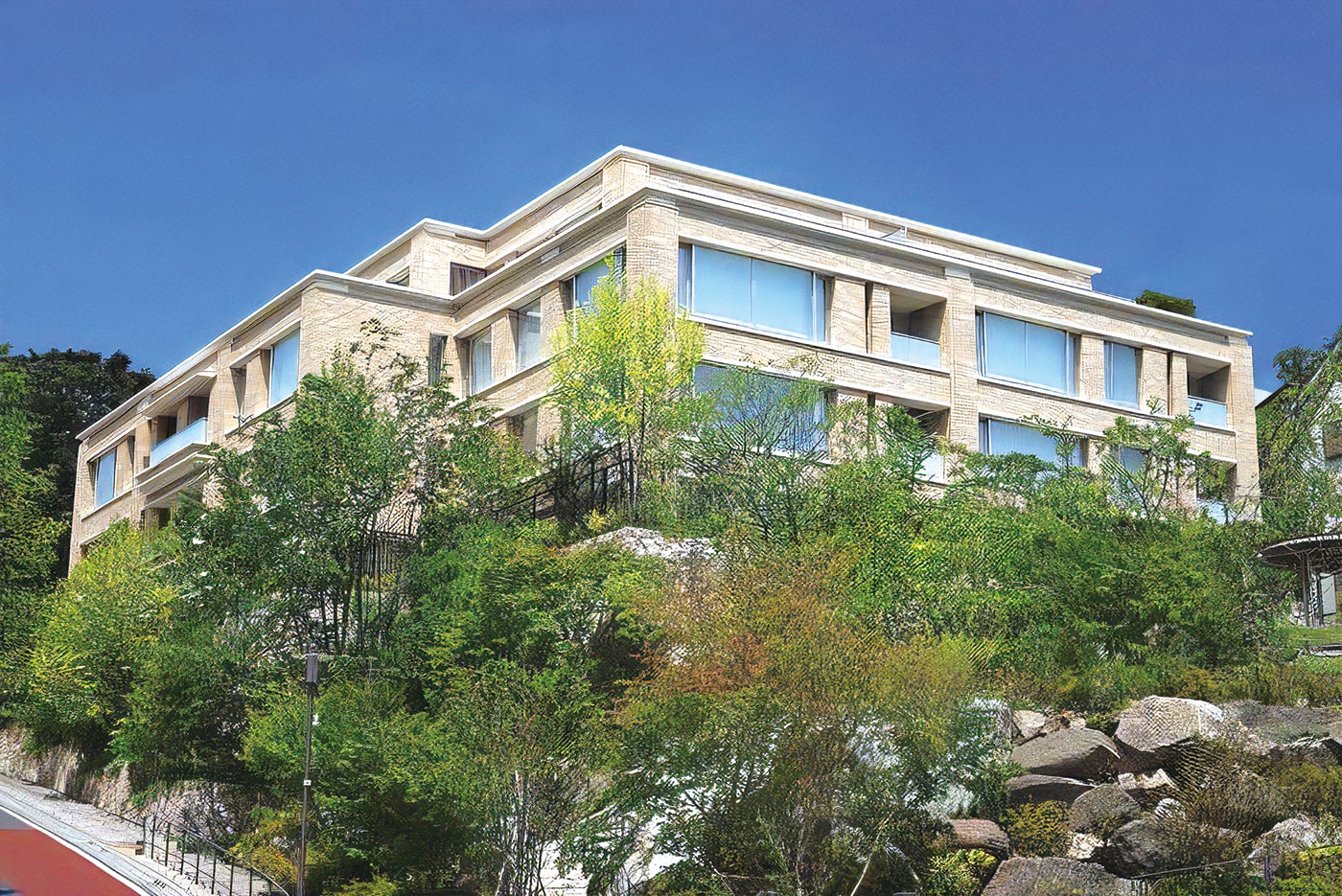
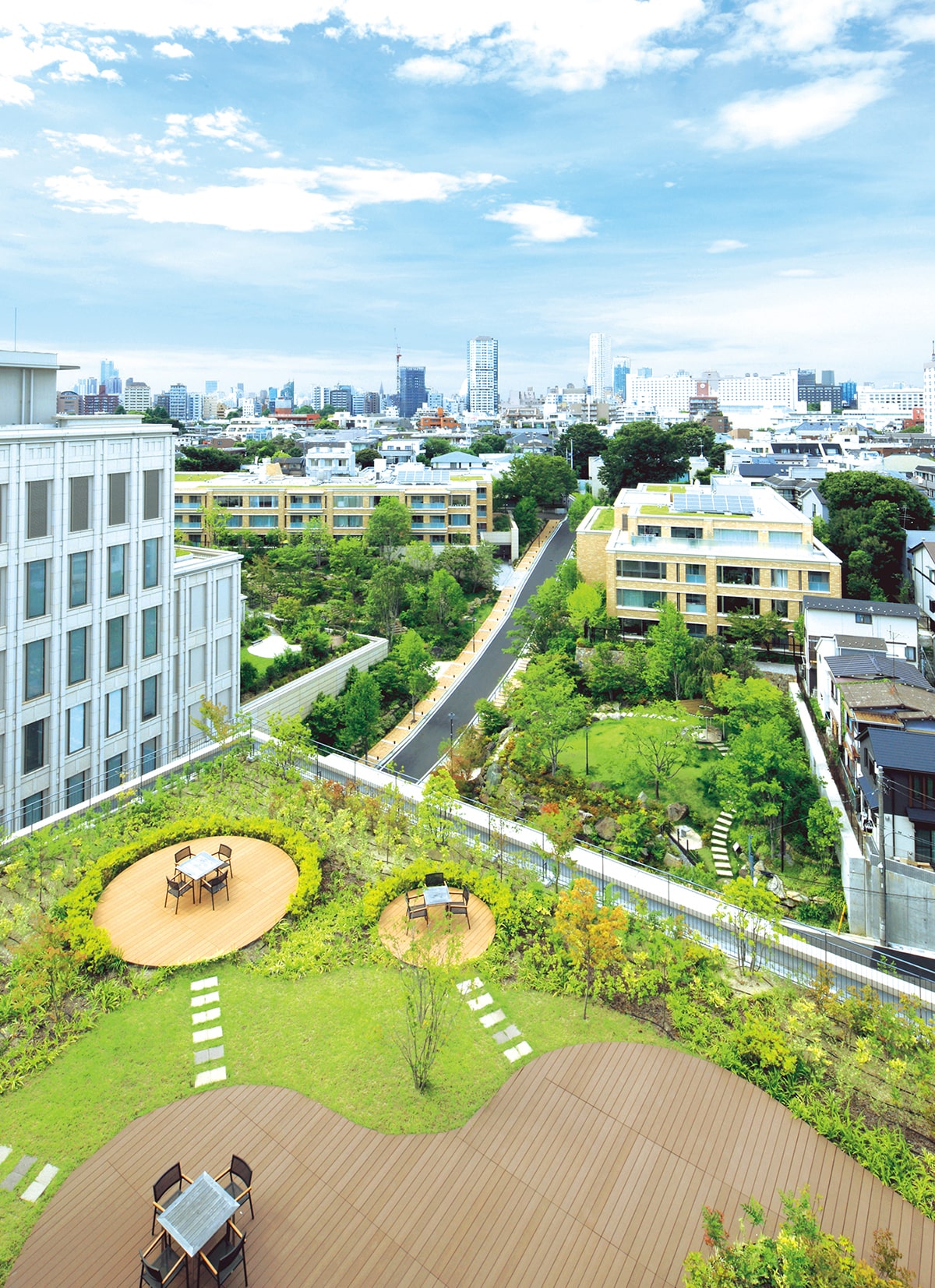
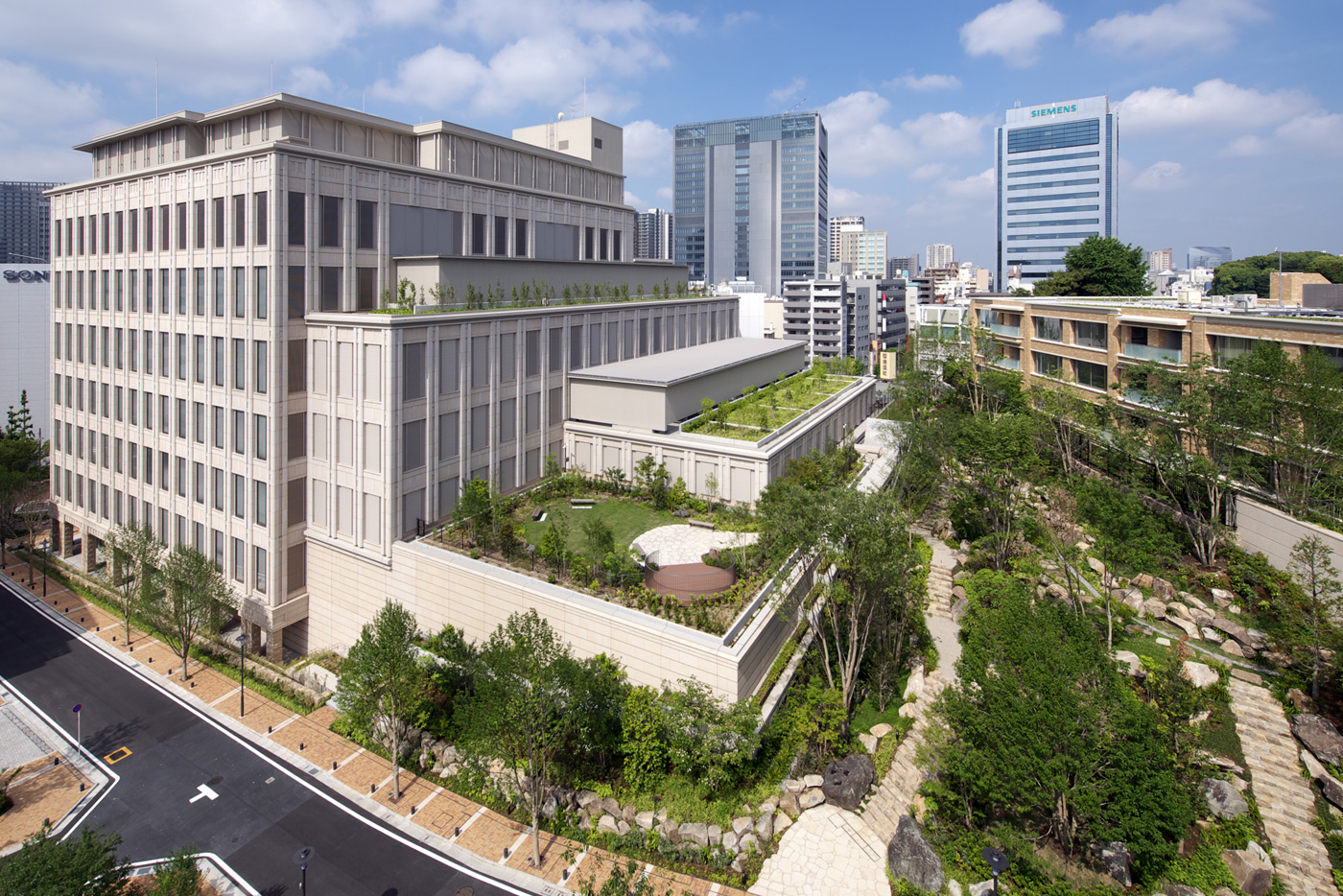
<“Gotenyama Project” Overview>
Location |
6-7-29 Kitashinagawa, Shinagawa-ku, Tokyo |
|---|---|
Site area |
Approx. 28,000㎡(Total of four sites) |
Overview of the buildings |
For details of each property, please refer to the following. |
<Major Awards Granted to the Project>
February 2012
Sponsored by Shinagawa Ward, TokyoGreening Grand Prize at the Green Honoring System
September 2012
Sponsored by Organization for Landscape and Urban Green Infrastructure
Minister of Land, Infrastructure, Transport and Tourism Award in the Rooftop Greening Category at the “Rooftop / Wall / Special Greening Technology Contest”
October 2012
Sponsored by Organization for Landscape and Urban Green Infrastructure
Urban Greenery Organization Chairman’s Award in the Green Community Development Category at the Urban Green City Award
“EGOTANOMORI Project”, a large-Scale Town Development
“Prime Maison EGOTANOMORI” owned by SHR is a property planned and developed by Sekisui House through the “EGOTANOMORI Project”, a large-scale urban development project carried out on land owned by the Urban Renaissance Agency. The property consists of five different buildings: Prime Maison EGOTANOMORI EAST/WEST (rental condominiums for families), MAST ONE EGOTANOMORI (a rental condominium for students and single-persons), GRAND MAST EGOTANOMORI (serviced housing for the elderly), and NICHII HOME Egotanomori (a paid nursing home with long term care).
The area where this property is located is blessed with a rich natural environment and has been designated as a wide-area evacuation site in the Tokyo Metropolis. In the Nakano City urban planning master plan, the area is considered to have sufficient evacuation routes and an environment that is harmonious with the abundant greenery in the surrounding area, and is positioned to promote the supply of good housing complexes, etc. In addition, the community was developed under the concept of creating a sustainable community nurtured by multiple generations in order to take advantage of the many schools, medical facilities, and facilities for the elderly in the area. We aim to develop a community that regenerates as an area where diverse generations live together, including students, young family households starting to raise children, and elderly people who want a safe and comfortable life.
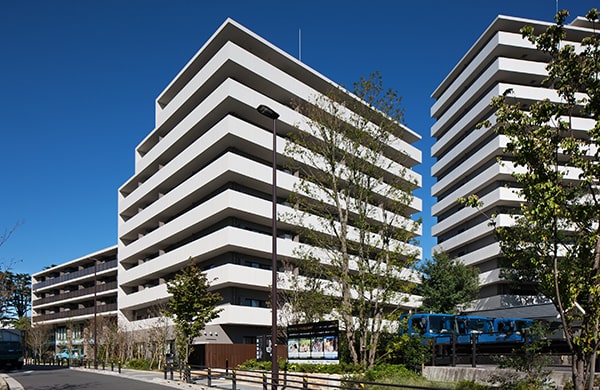
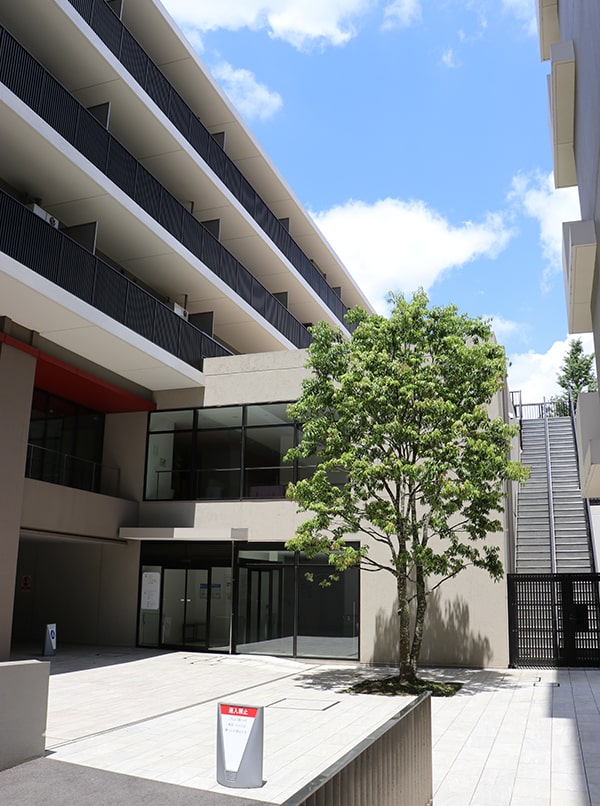
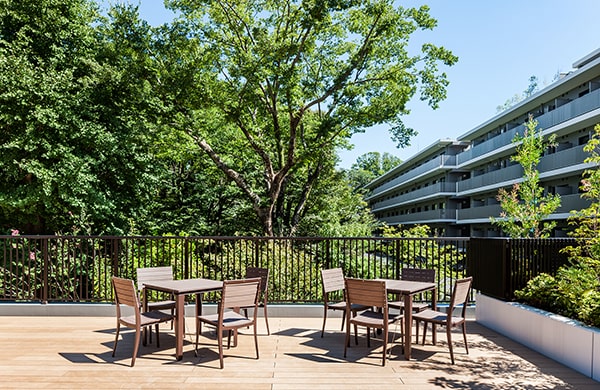
<“EGOTANOMORI Project” Overview>
| Location | 3-14-1~5 Egota, Nakano-ku, Tokyo |
|---|---|
| Site area | Approx. 39,500㎡ |
| Overview of the buildings |
For details of the property, please refer to the following. |
<Major Awards Granted to the Project>
May 2019
Urban Landscape Award sponsored by the “Urban Landscape Day” Executive Committee
Awarded the "Urban Landscape Day" Executive Committee Chairman's Award in the Urban Space category
October 2019
Green City Award sponsored by the Organization for Landscape and Urban Green Infrastructure
Awarded the Minister of Land, Infrastructure, Transport and Tourism Award in the Green Business Activities category

The land for this project was provided by the Urban Renaissance Agency as a site for rental condominiums and other facilities, taking advantage of the "rich natural environment" and developing roads and parks with the aim of “ensuring disaster prevention functions”, “creating a community with excellent health and medical care”, and “creating a community where a variety of households, mainly families, can continue to live”.
